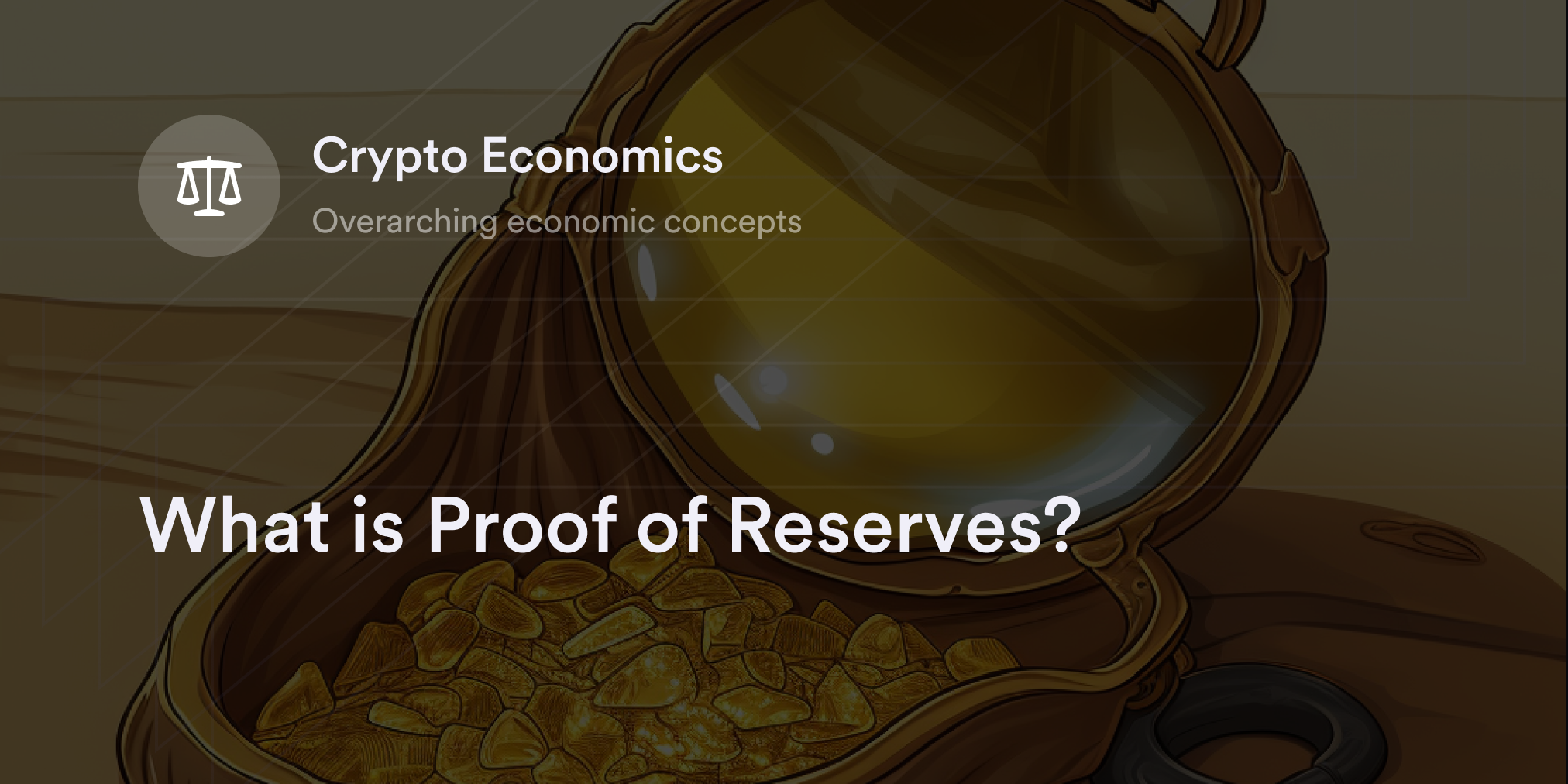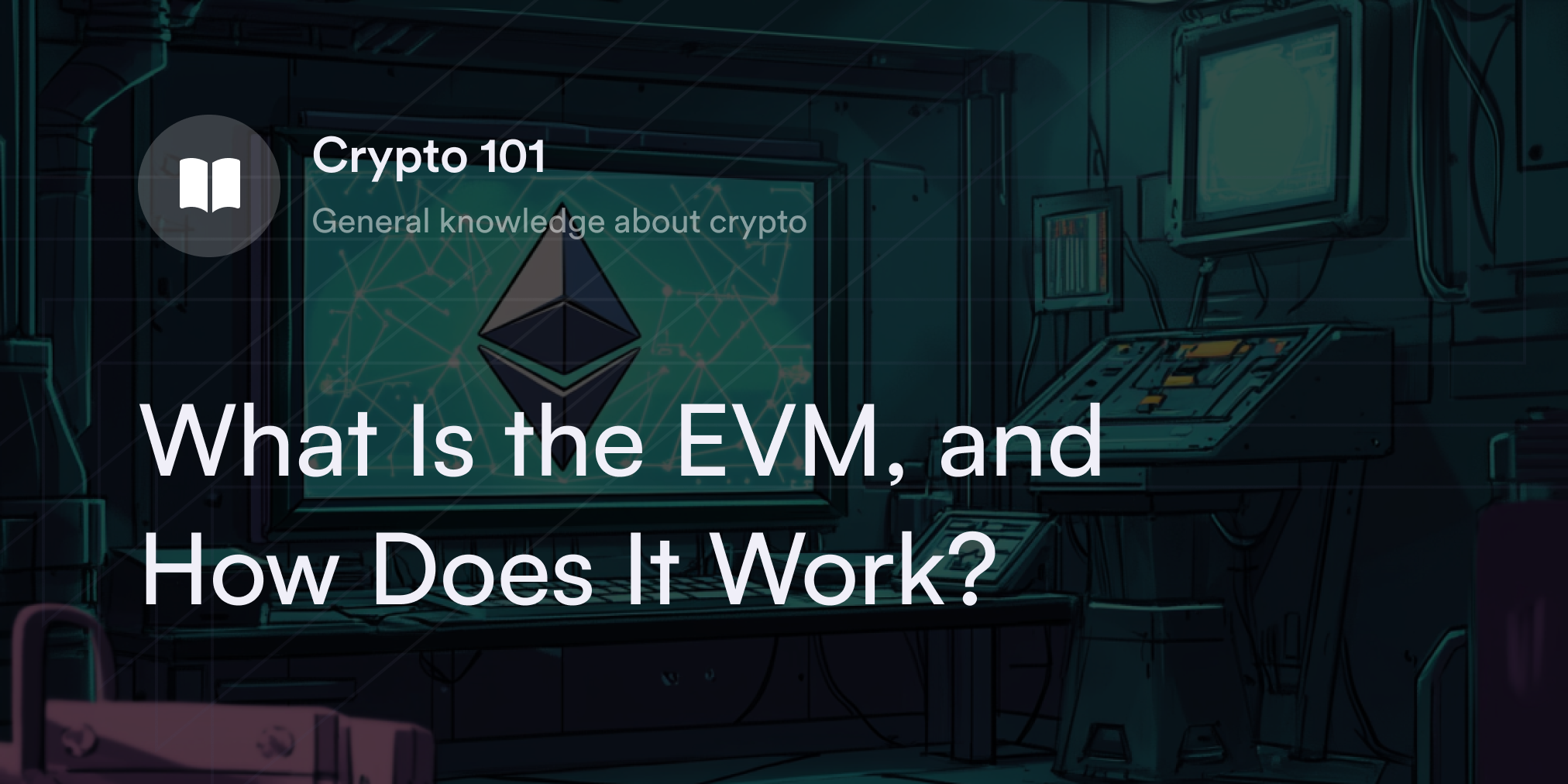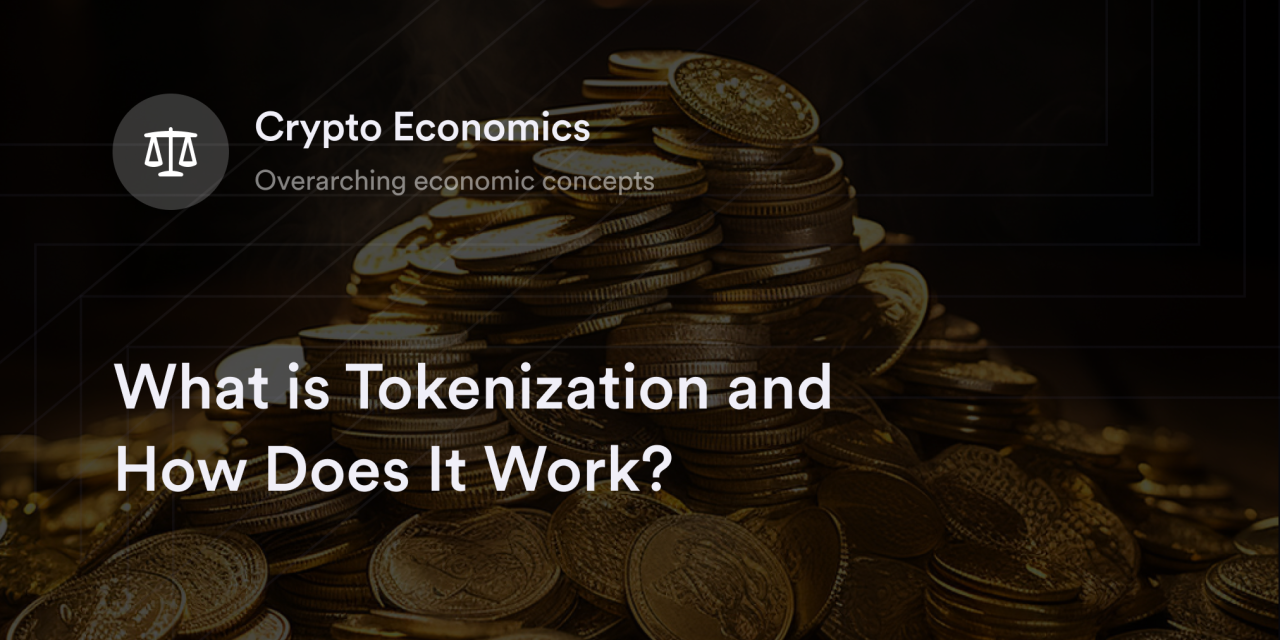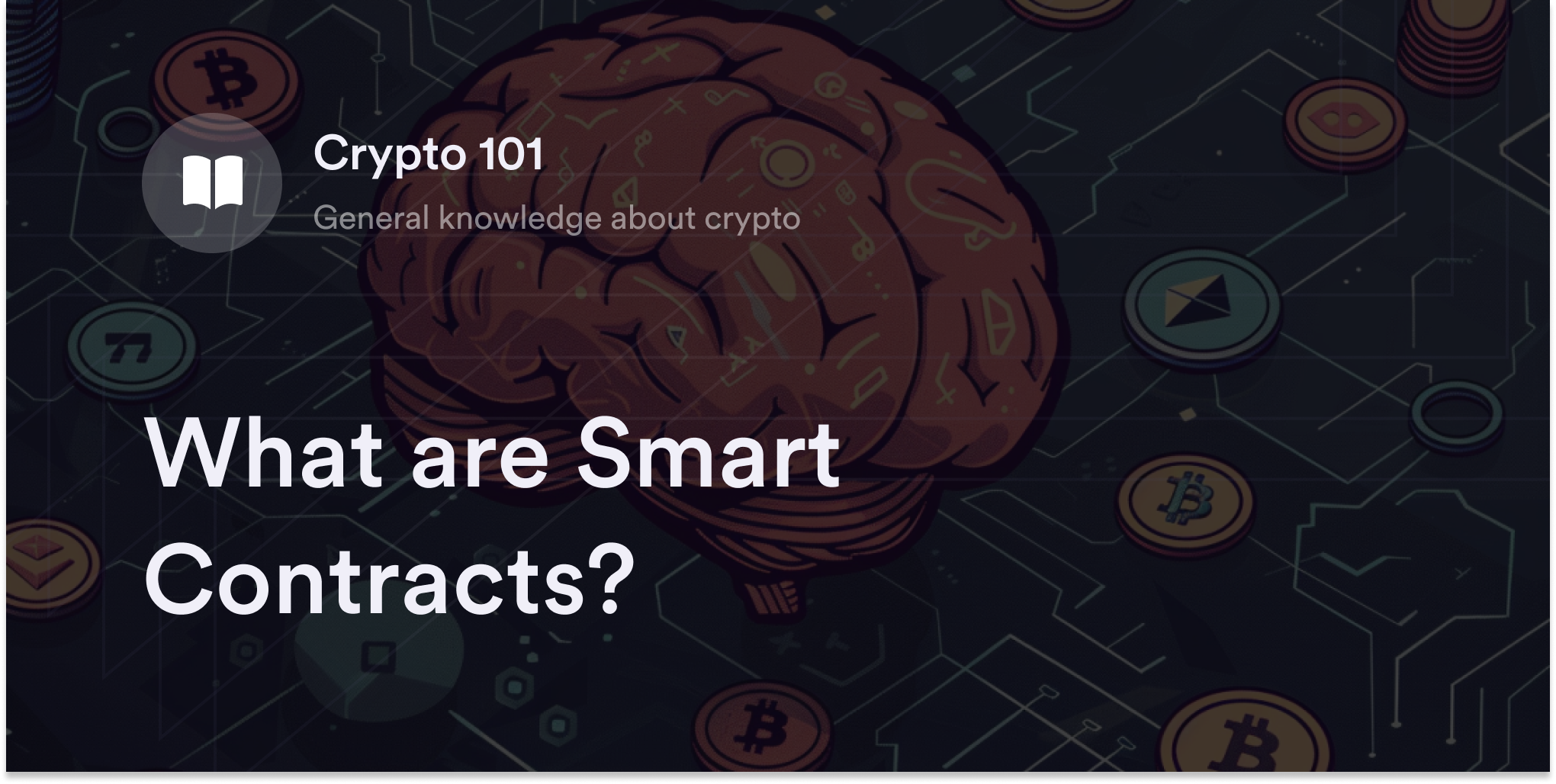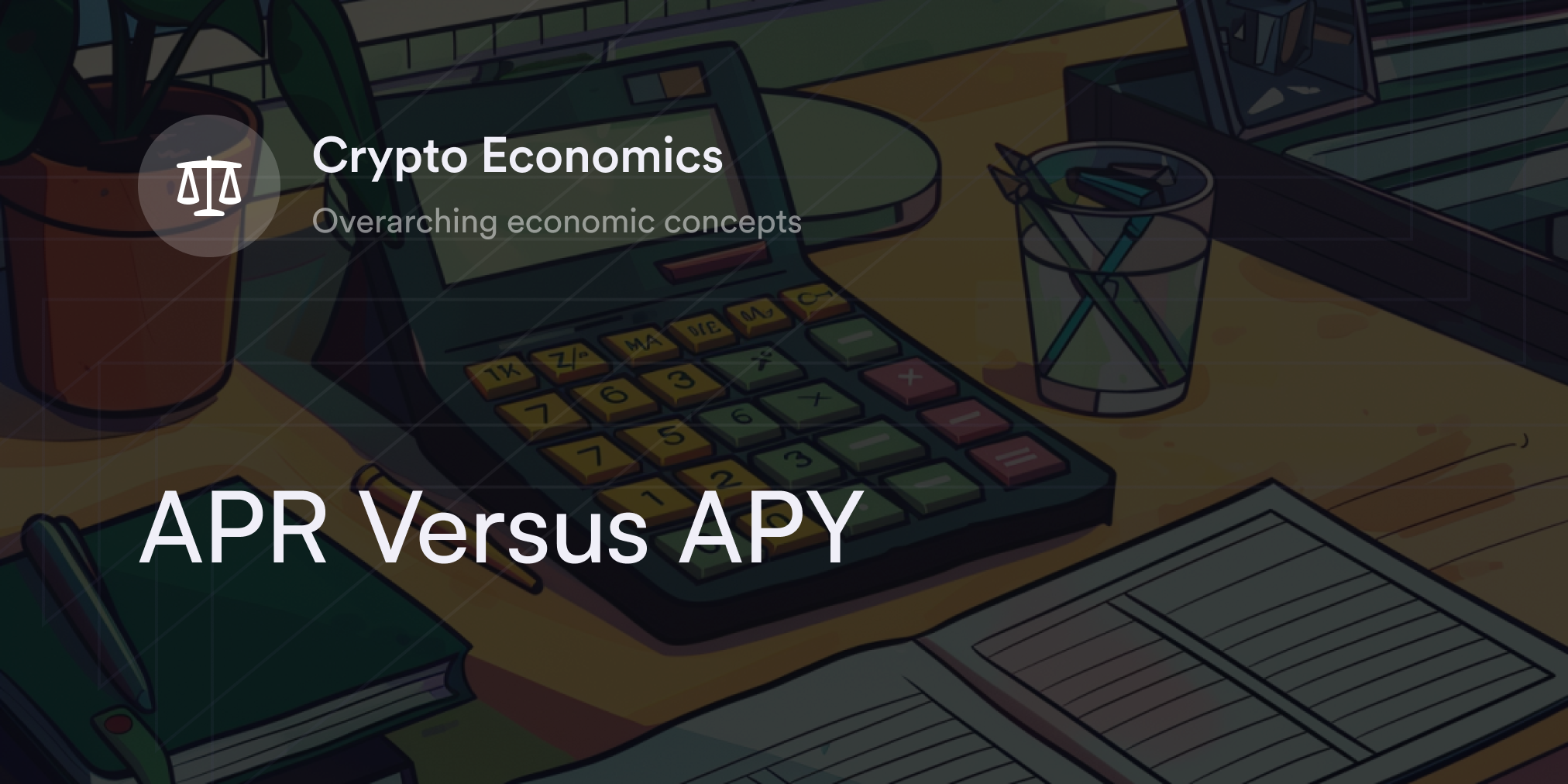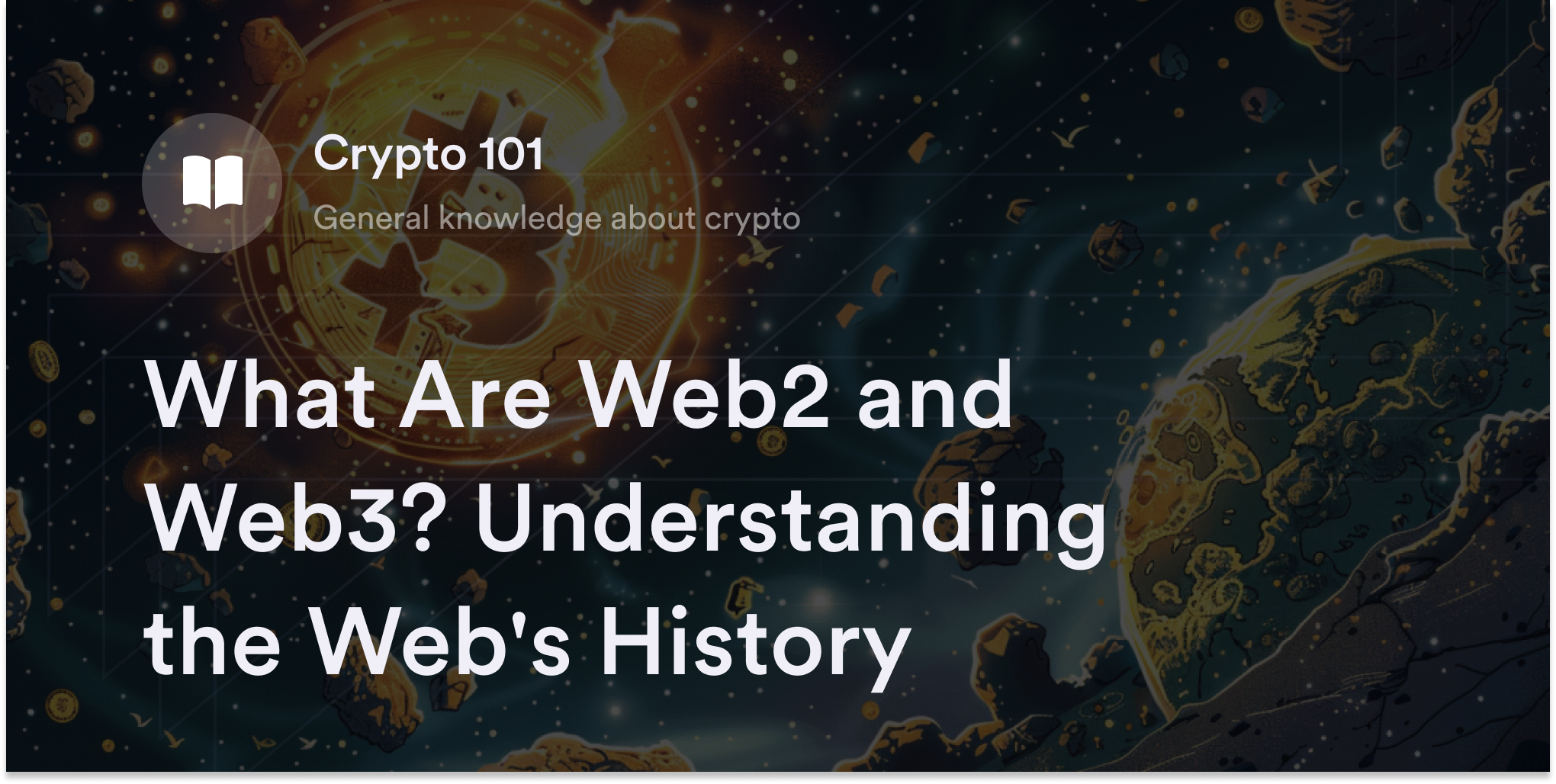
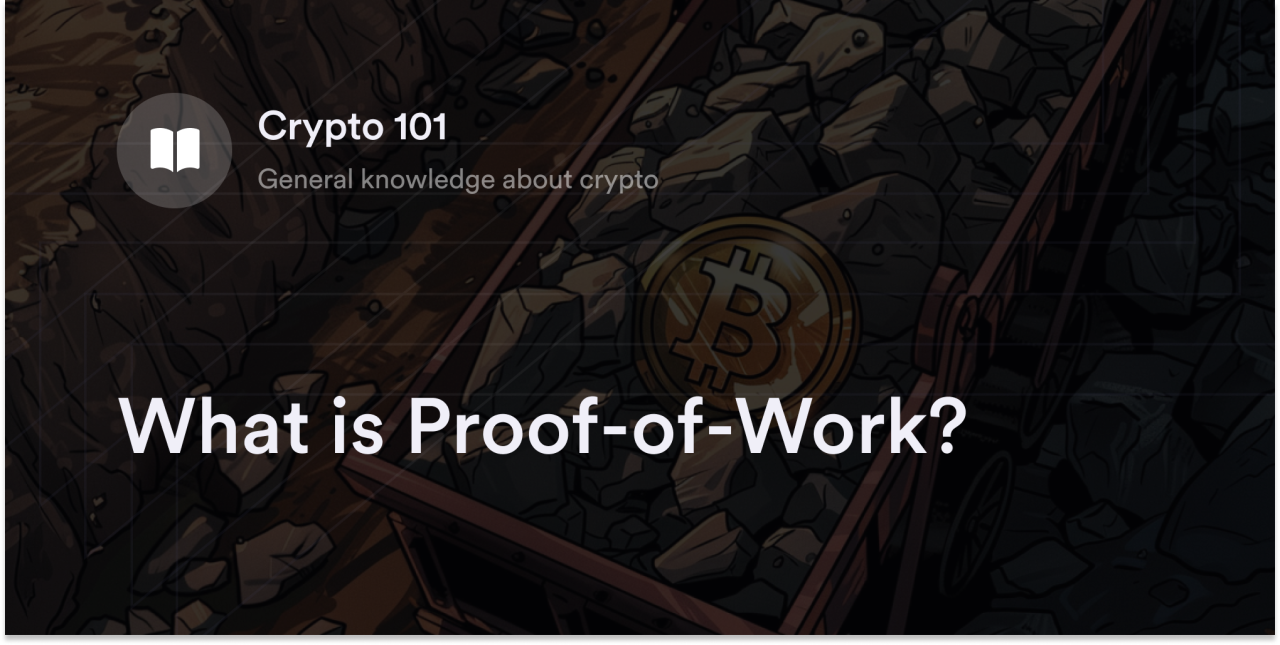

Without spam email detectors, Bitcoin’s mysterious founder, Satoshi Nakamoto, may have never created the world’s first cryptocurrency. Years before Nakamoto released Bitcoin, a project called "Hashcash" introduced a protocol called "proof-of-work" (PoW) to deter spammers from sending high email volumes. In the Hashcash system, everyone needs to "prove" their computers put in "work" to solve computations before emailing, increasing energy costs for people sending abundant unsolicited emails. Inspired by Hashcash's architecture, Nakamoto used the PoW model to create the Bitcoin payment network and, by extension, the global cryptocurrency market.
Although crypto traders criticize PoW's scalability and energy consumption, the protocol has played a pivotal role in creating the world's first decentralized digital currencies. Learn what PoW is and how it works to understand how crypto differs from traditional payment methods.
What is PoW’s Meaning?
PoW is a consensus mechanism computers (aka nodes) use to efficiently and securely verify data on a shared network. Unlike other consensus methods, PoW systems require nodes on the protocol to solve challenging math problems to participate in the validation process. A PoW system won't accept information from computers that can't show the "proof" they put in the "work" to solve these puzzles. The extreme difficulty of the algorithms on PoW networks is intentional because this makes it impossible for a node to pass off false data as legitimate. A PoW network instantly rejects any data that doesn't have a clear "stamp" from the computer showing it put in the time and energy to solve the equation.
Although PoW systems find applications in other fields, such as deterring spam emails and protecting against denial of service (DoS) attacks, they’re closely associated with cryptocurrencies like Bitcoin (BTC). Nakamoto outlined the use of PoW for peer-to-peer (P2P) payment systems in the 2008 "Bitcoin Whitepaper," opening the door for a decentralized digital economy. In the Bitcoin PoW system, people called "miners" use their computers to solve challenging math puzzles every 10 minutes to post a new "block" of BTC transactions on a virtual payment ledger (aka blockchain).
How is a Transaction Verified on a PoW Cryptocurrency Network?
Think of the PoW validation system as a lottery for computers on the Bitcoin blockchain. Every Bitcoin miner constantly tries to guess an alphanumeric code the network's algorithm spits out every 10 minutes. Whichever node produces the winning number first posts new Bitcoin transactions on the public ledger and receives BTC "mining rewards" as their "jackpot."
Technically speaking, the nodes on a PoW blockchain use a cryptographic hash function, which is a software function used to convert any input value into a unique and deterministic output. Input values represent any digital media (e.g., PDFs, passwords, or text messages), but for Bitcoin, these refer to transaction data on the blockchain. The code PoW nodes try to guess is the hashed output value associated with these BTC transactions. Bitcoin uses the SHA-256 hashing algorithm in its PoW model, so every output on the system has 256 bits of random letters and numbers. Although every output measures 256 bits, each code is specific to only one input value (i.e., only one set of BTC transactions). Because it's impossible to derive input from an output—and since every output only refers to one input—it's impossible to reverse-engineer a Bitcoin transaction and corrupt the network. The PoW mining process also ensures every node on the blockchain needs to spend a lot of computational power to win the "mini lottery" and post a successful block on the blockchain.
Nakamoto engineered "difficulty adjustments" into Bitcoin's PoW model, meaning the network automatically adjusts how difficult it is to guess the winning number every 10 minutes. After 2,016 blocks of transactions, Bitcoin's algorithm makes it harder or easier to find this number depending on how many nodes are on the network. The more nodes there are, the more energy miners need to use to post BTC transactions, or vice versa. These regular difficulty adjustments preserve security as network activity changes and ensure BTC has a steady confirmation rate of 10 minutes.
Why is Proof-of-Work Significant in Cryptocurrency?
A major issue PoW resolved in the cryptography community is the "double-spend problem." Double-spending refers to using the same money for two purchases and has long been a stumbling block in creating secure decentralized digital currencies. It's far easier to copy and paste a digital file and send it twice than to use the same physical dollar bill for multiple transactions. While banking websites and fintech platforms use centralized authorities to track payments, cryptocurrencies can't defer to a government or company to approve transfers.
PoW showed it's possible to create a trustless P2P payment system without double-spending. By forcing computers to prove they used a lot of energy to solve challenging math problems before posting transactions, PoW makes it nearly impossible to "cheat" the system. There's no way nodes get around doing the work on a PoW system, ensuring everyone on the blockchain plays by the rules. PoW makes it easier for computers on a blockchain to verify legit transaction data from other nodes and accept or reject the information before posting it on the payment ledger.
Pros and Cons of PoW Tokens
Even PoW's detractors admit cryptocurrency wouldn't exist without Nakamoto's revolutionary consensus model. However, just because PoW is a groundbreaking system doesn't mean it's flawless. PoW’s critics have many concerns over the algorithm’s long-term sustainability and scalability.
Proof-of-Work Benefits
High security standards: The high computational power demands on PoW networks protect blockchains like Bitcoin from bad actors. Since a PoW system won't accept a new transaction if it doesn't show evidence of its "work," it's cost-prohibitive for people to spend the time and energy to write false datasets and submit them as valid blocks. Plus, even if a malicious node tried to pass through inaccurate transaction data, it has to pass multiple verification rounds from other computers before posting on the official payment ledger.
Longest track record for success: Bitcoin isn't an "old" technology but is the oldest successful decentralized digital payment platform. A primary reason behind BTC's success is its reliance on the PoW consensus model. The longevity of Bitcoin's PoW system highlights the PoW mining process’ safety and effectiveness.
Powerful incentives system: Most PoW cryptocurrencies offer "block rewards" to miners who successfully solve blockchain hashing functions and post new transactions to the public ledger. The allure of free BTC attracts more nodes to the network, naturally increasing the blockchain's decentralization and eliminating central failure points.
Proof-of-Work Risks
High energy consumption: Computational power is necessary on a PoW blockchain, so it's an inherently energy-intensive process. Environmentalists indicate concerns over cryptocurrencies’ impact on global warming and electricity consumption, especially as more nodes compete for block rewards. The Cambridge Bitcoin Electricity Index estimates Bitcoin mining produces 70.05 Mt CO2 per year (at the time of writing), roughly more than the annual CO2 emissions in countries like Austria or Morocco.
Large mining farms threaten decentralization: While it's possible for anyone to run a Bitcoin node on their computer, small operators encounter many barriers to entry. Mining cryptocurrencies like Bitcoin is now a multibillion-dollar business with high electricity and maintenance costs. Critics of PoW blockchains often express concerns over the growing reliance on large mining companies, which may threaten cryptocurrency’s decentralization.
Scalability issues: The rigid nature of PoW consensus algorithms provide predictability and security, but they come at the expense of scalability. Bitcoin's 10-minute transaction confirmation can only process about seven transactions per second (TPS). Although layer-2 solutions like the Bitcoin Lightning Network promise to address this concern, PoW's inflexible design makes adapting to the growing demand challenging.
Proof-of-Work Versus Proof-of-Stake
For a few years following Bitcoin's launch, PoW was the default consensus mechanism for new cryptocurrencies like Litecoin (LTC), Dogecoin (DOGE), and Monero (XMR). But In 2012, developers Sunny King and Scott Nadal introduced a system called proof-of-stake (PoS) as an alternative to the dominant PoW algorithm. In the PoS model, nodes lock virtual coins on a cryptocurrency's blockchain to participate in the validation process. Like PoW, PoS validators receive crypto rewards for every batch of transactions they post on the payment ledger. So instead of using computational power to secure its network, the PoS algorithm relies on nodes putting cryptocurrency "at stake" to discourage bad behavior.
Proponents of PoS claim it's a more equitable, efficient, and eco-friendly consensus algorithm than PoW mining. Most PoS blockchains like Ethereum (ETH), Solana (SOL), and Cardano (ADA) let anyone "delegate" small cryptocurrency amounts to validators and earn staking rewards. Some PoS blockchains use decentralized governance procedures where users vote for protocol improvements with their coins. Also, since PoS doesn't force computers to solve algorithmic problems, it produces negligible CO2 emissions.
Despite the pros of PoS blockchains, there are concerns over security and centralization. Typically, PoS algorithms choose nodes staking the most cryptocurrency to validate blocks, giving them an advantage over smaller trader. Larger staking pools also enjoy greater sway in decentralized voting procedures, creating a potential centralization risk.
Lastly, although PoS is a popular option with new blockchains, it's not as battle-tested as the PoW consensus algorithm. It may take longer for developers to discover and address potential issues associated with PoS consensus.
Review Crypto Fundamentals on dYdX's Academy
The dYdX Academy offers dozens of simple-to-understand guides to help crypto newbies and enthusiasts get up to speed on Bitcoin, Ethereum, and Web3.
dYdX also offers eligible traders crypto perpetuals on our industry-leading decentralized exchange. Eligible crypto traders interested in low-fee derivatives trading enjoy advanced tools like slippage tolerance to set up their perfect strategy. To learn more about our product and stay up to date with updates, check out dYdX's blog.
Eligible traders can start trading on dYdX today!
Disclaimer
The content of this article (the “Article”) is provided for general informational purposes only. Reference to any specific strategy, technique, product, service, or entity does not constitute an endorsement or recommendation by dYdX Trading Inc., or any affiliate, agent, or representative thereof (“dYdX”). Use of strategies, techniques, products or services referenced in this Article may involve material risks, including the risk of financial losses arising from the volatility, operational loss, or nonconsensual liquidation of digital assets. The content of this Article does not constitute, and should not be considered, construed, or relied upon as, financial advice, legal advice, tax advice, investment advice, or advice of any other nature; and the content of this Article is not an offer, solicitation or call to action to make any investment, or purchase any crypto asset, of any kind. dYdX makes no representation, assurance or guarantee as to the accuracy, completeness, timeliness, suitability, or validity of any information in this Article or any third-party website that may be linked to it. You are solely responsible for conducting independent research, performing due diligence, and/or seeking advice from a professional advisor prior to taking any financial, tax, legal, or investment action.
You may only use the dYdX Services in compliance with the dYdX Terms of Use available here, including the geographic restrictions therein.
Any applicable sponsorship in connection with this Article will be disclosed, and any reference to a sponsor in this Article is for disclosure purposes, or informational in nature, and in any event is not a call to action to make an investment, acquire a service or product, or purchase crypto assets. This Article does not offer the purchase or sale of any financial instruments or related services.
By accessing this Article and taking any action in connection with the information contained in this Article, you agree that dYdX is not responsible, directly or indirectly, for any errors, omissions, or delays related to this Article, or any damage, injury, or loss incurred in connection with use of or reliance on the content of this Article, including any specific strategy, technique, product, service, or entity that may be referenced in the Article.
